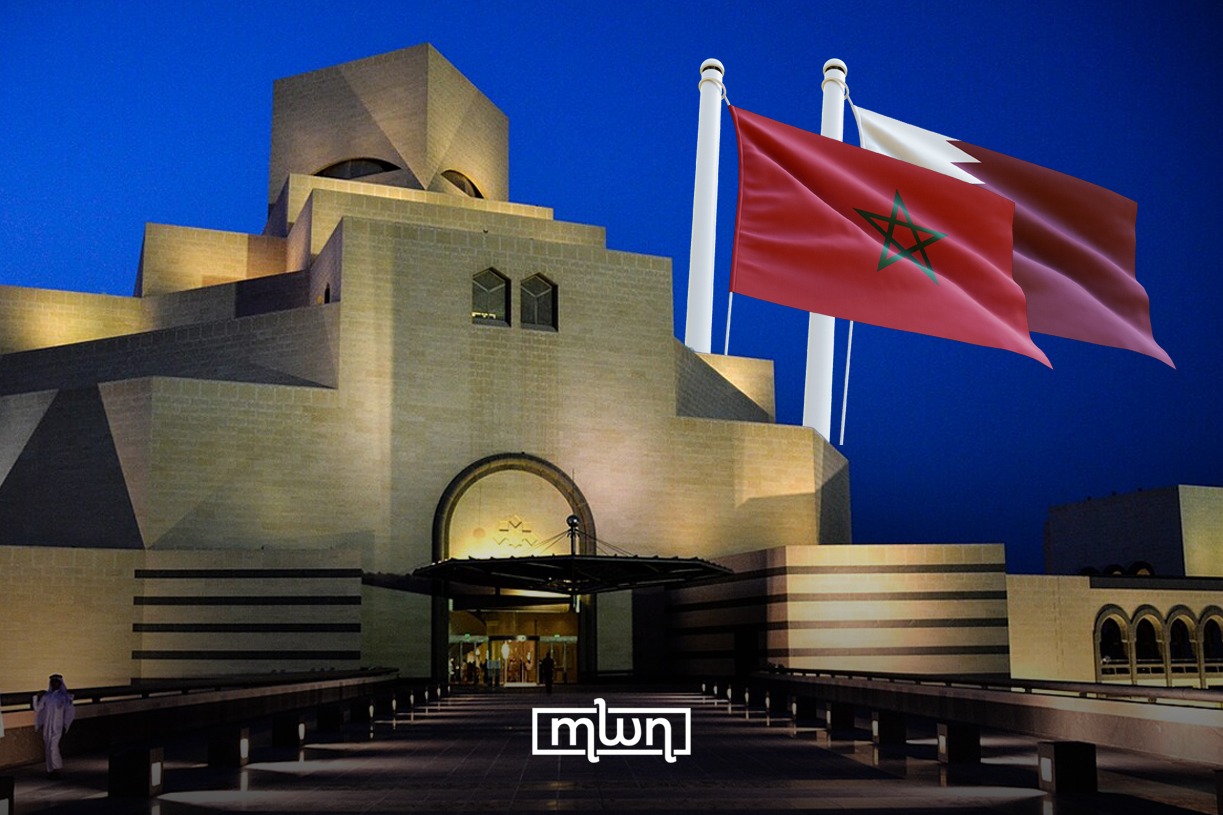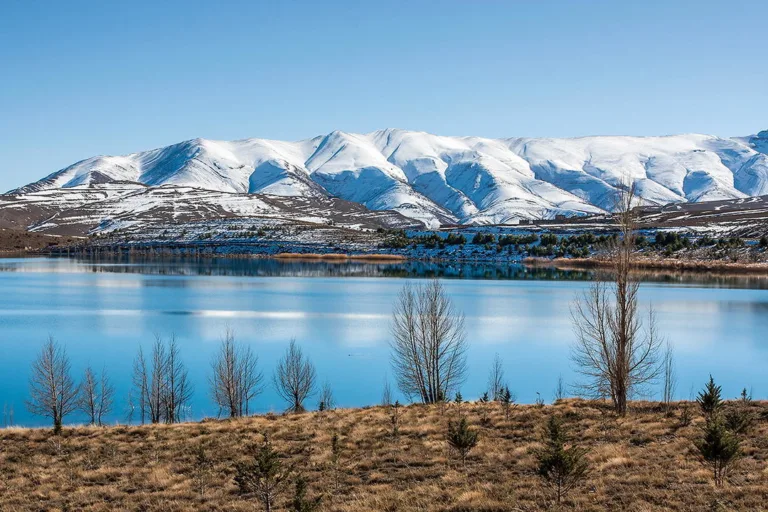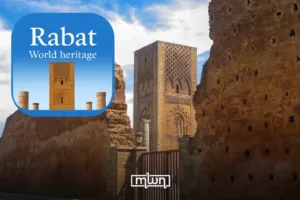The Qatar-Morocco 2024 Year of Culture is an exciting initiative that aims to strengthen the cultural ties between the two nations, celebrating their rich histories and shared heritage.
Marrakech – The Museum of Islamic Art (MIA) in Doha is set to become a vibrant hub of intellectual exchange this autumn, as it hosts a series of lectures dedicated to exploring Morocco’s rich archaeological past.
Designed to engage both Moroccan and Qatari academics and history enthusiasts, this initiative promises to foster a deeper understanding of the shared heritage between these two culturally rich nations.
As part of the Qatar-Morocco 2024 Year of Culture, the Archaeology Department of Qatar Museums will present two enlightening lectures in November.
Both events are scheduled for today and November 19, will take place at the MIA Auditorium, and are open to the public. Interested attendees are encouraged to pre-register through the MIA website to secure their spots.
This initiative not only highlights the importance of cultural exchange but also underlines the commitment of both countries to celebrating their historical ties.
Kicking off the series is Dr. Asmae El Kacimi, an esteemed assistant professor in the Islamic Archaeology Department at the National Institute of Archaeological Sciences and Heritage in Rabat.
Today, El Kacimi will present “Revealing the Art of Colors in Bilad al-Maghrib: An Archaeological Investigation of Islamic Wall Painting (8th-14th Century).”
Her lecture promises to take attendees on a journey through the intricate artistry of Islamic wall paintings from Bilad al-Maghrib, with a focus on works dating from the 8th to the 14th century.
Read also: Qatar’s Sheikha Al Mayassa: Cultural Partnership with Morocco Creates New Bonds
El Kacimi, an expert in her field, will share insights gleaned from her extensive research on the connection between these vibrant decorative elements and their architectural contexts.
Attendees can expect a deep dive into the technical and material aspects of wall paintings, shedding light on the cultural significance behind the art form.
Her wealth of experience, drawn from work on various archaeological sites throughout Morocco, including the Roman Port Area in Chellah, will enrich the discussion and provide valuable context for her findings.
Following El Kacimi’s lecture, Azzedine Kara will take the stage on November 19 to present “Underwater Archaeology between Passion for Research and Responsibility for Safeguarding: Insight into the Moroccan Experience.”
As the director of the National Centre for Studies and Research on Underwater Heritage in Rabat and a faculty member at Sidi Mohammed Ibnou Abdillah University in Fez, Kara is a leading expert in underwater archaeology.
His lecture will explore Morocco’s extensive maritime heritage and the importance of preserving the treasures found beneath its coastal waters.
Kara’s presentation aligns with Qatar Museums’ upcoming maritime research initiatives, promising to unveil the fascinating world of underwater archaeology.
This lecture series at the MIA is a fantastic opportunity for both locals and visitors to engage with the profound archaeological narratives of Morocco.
















